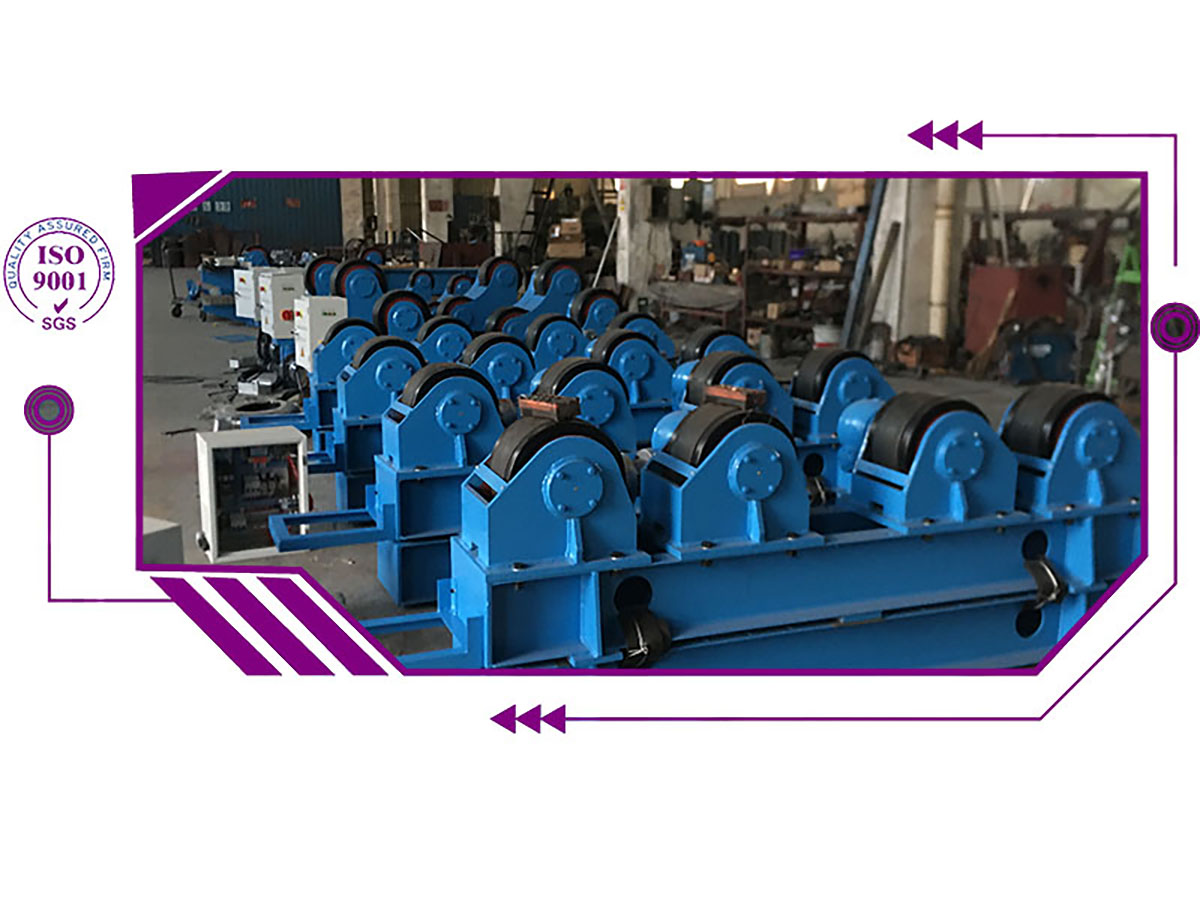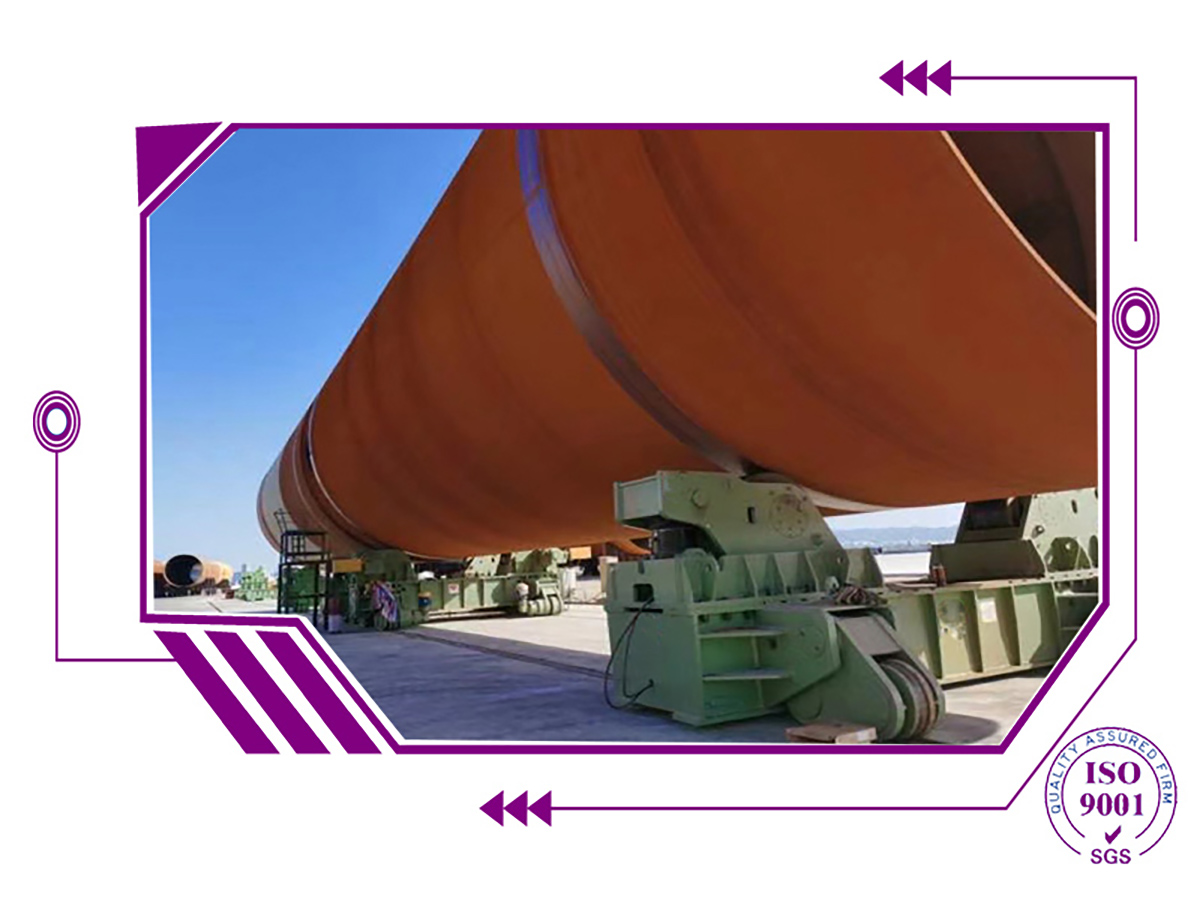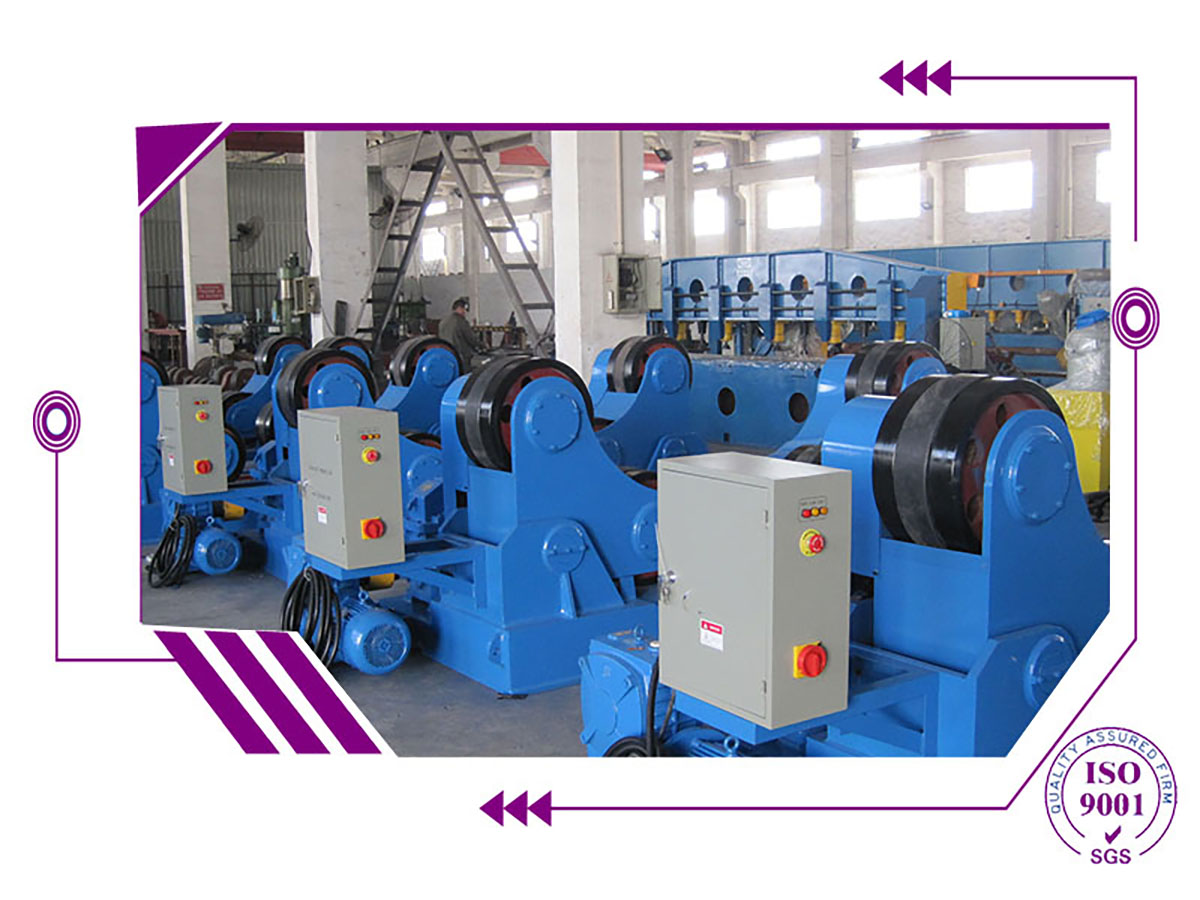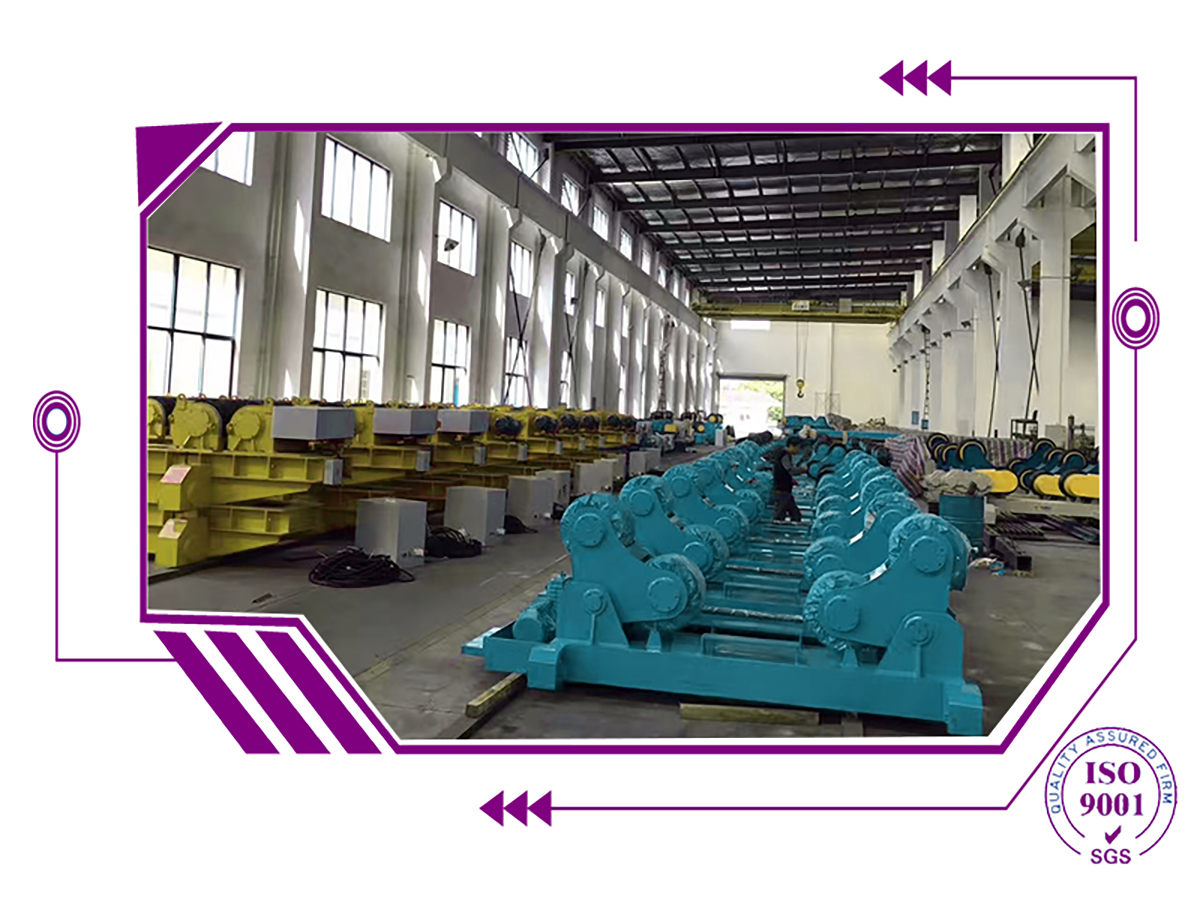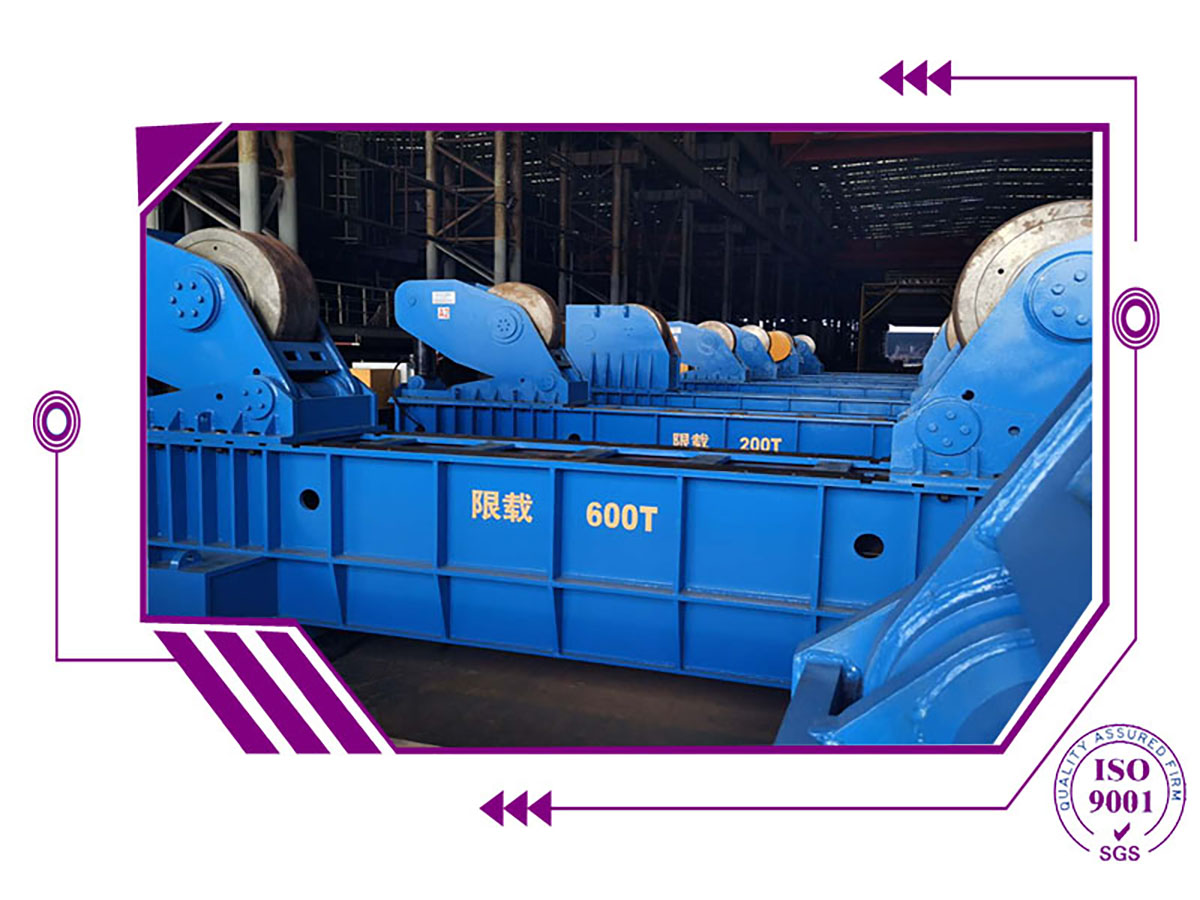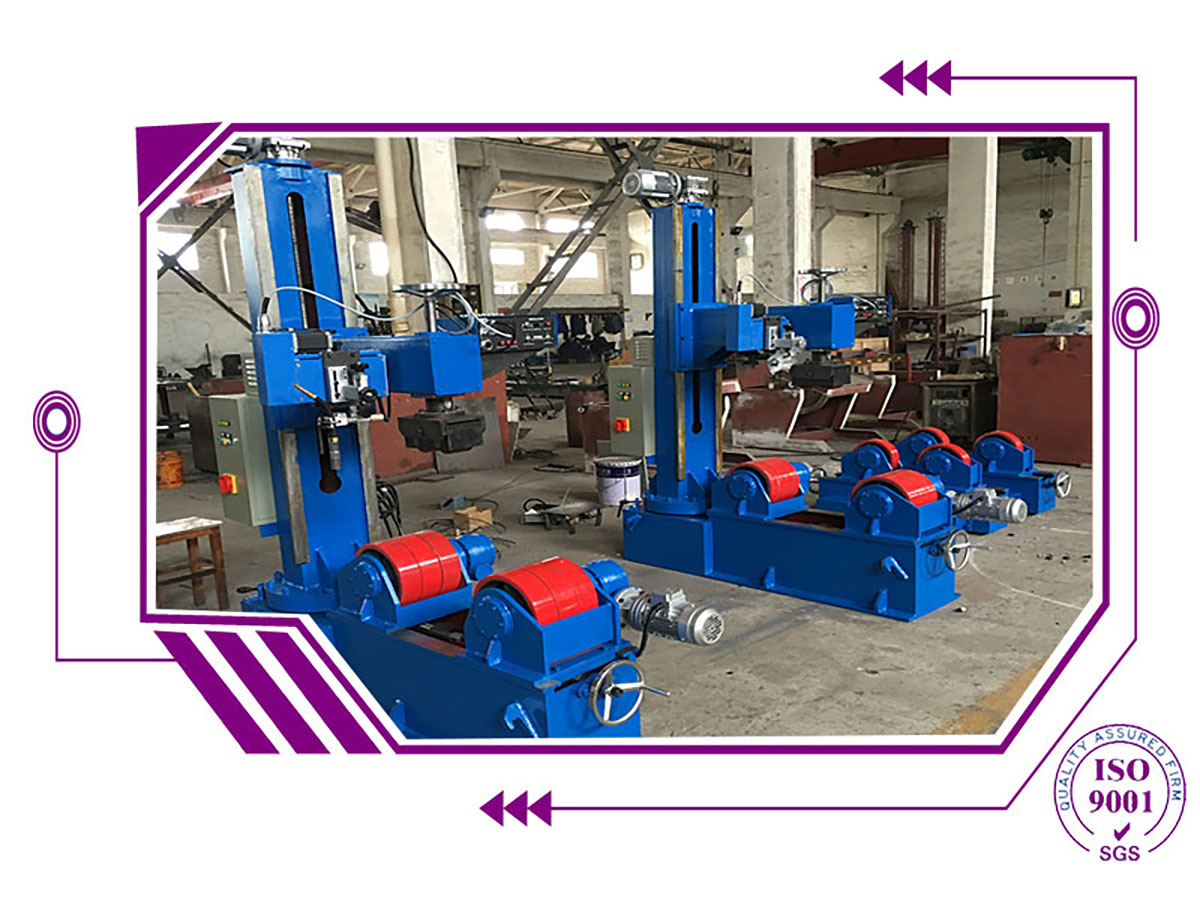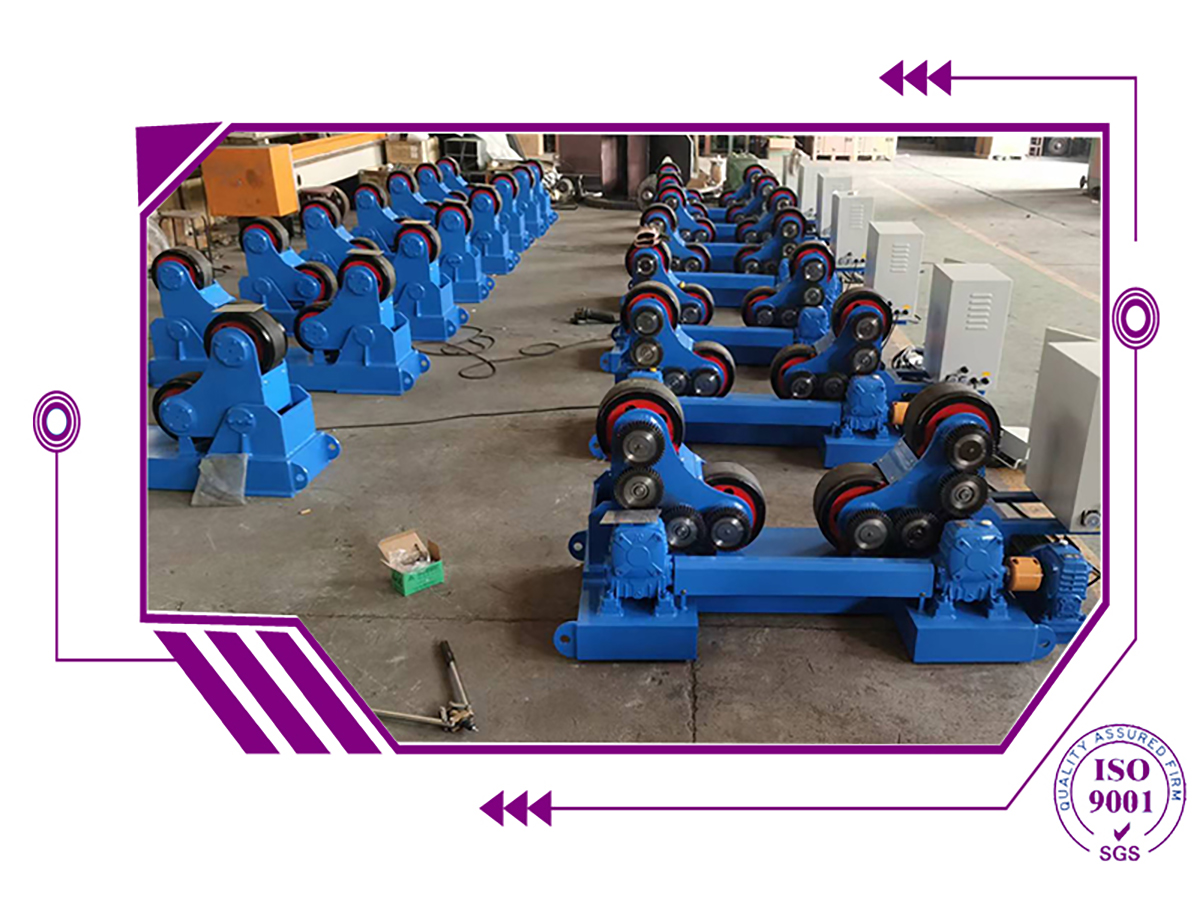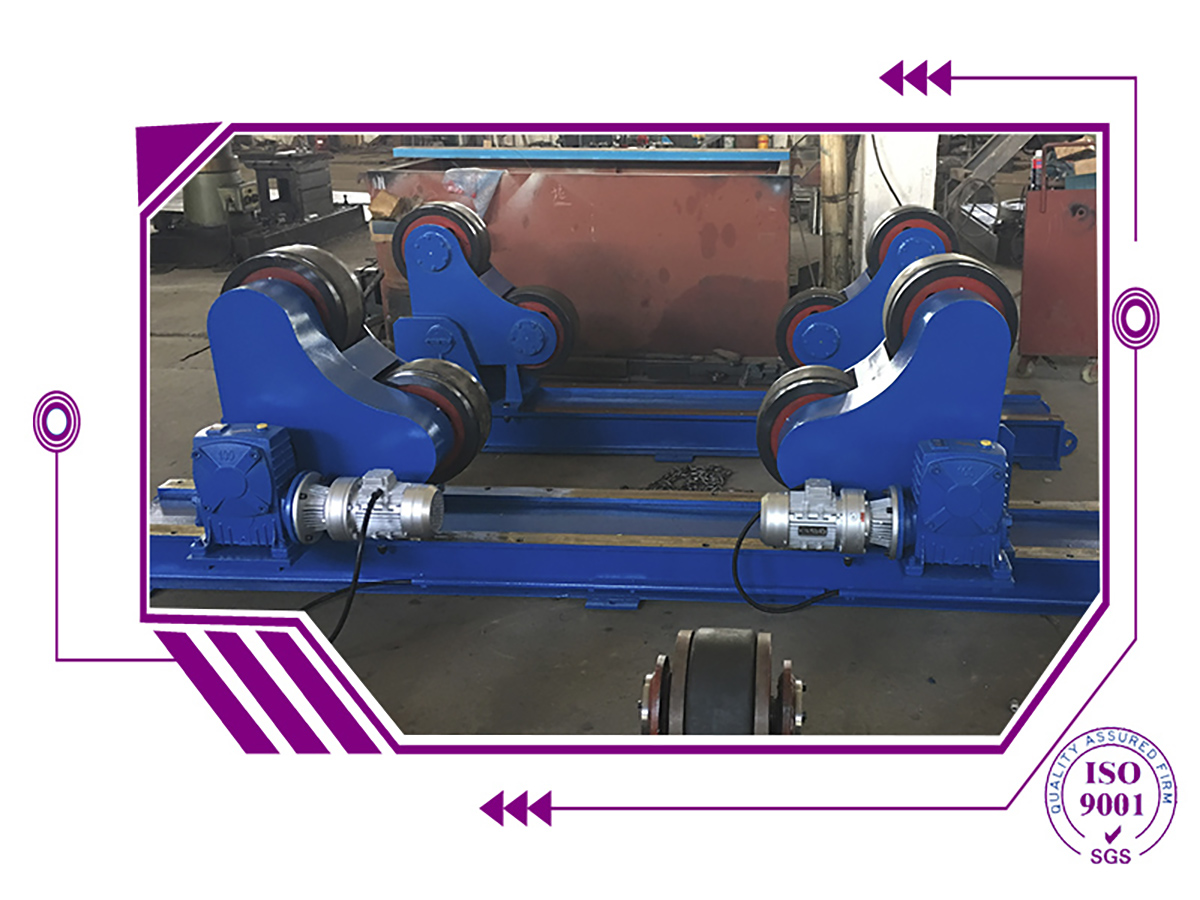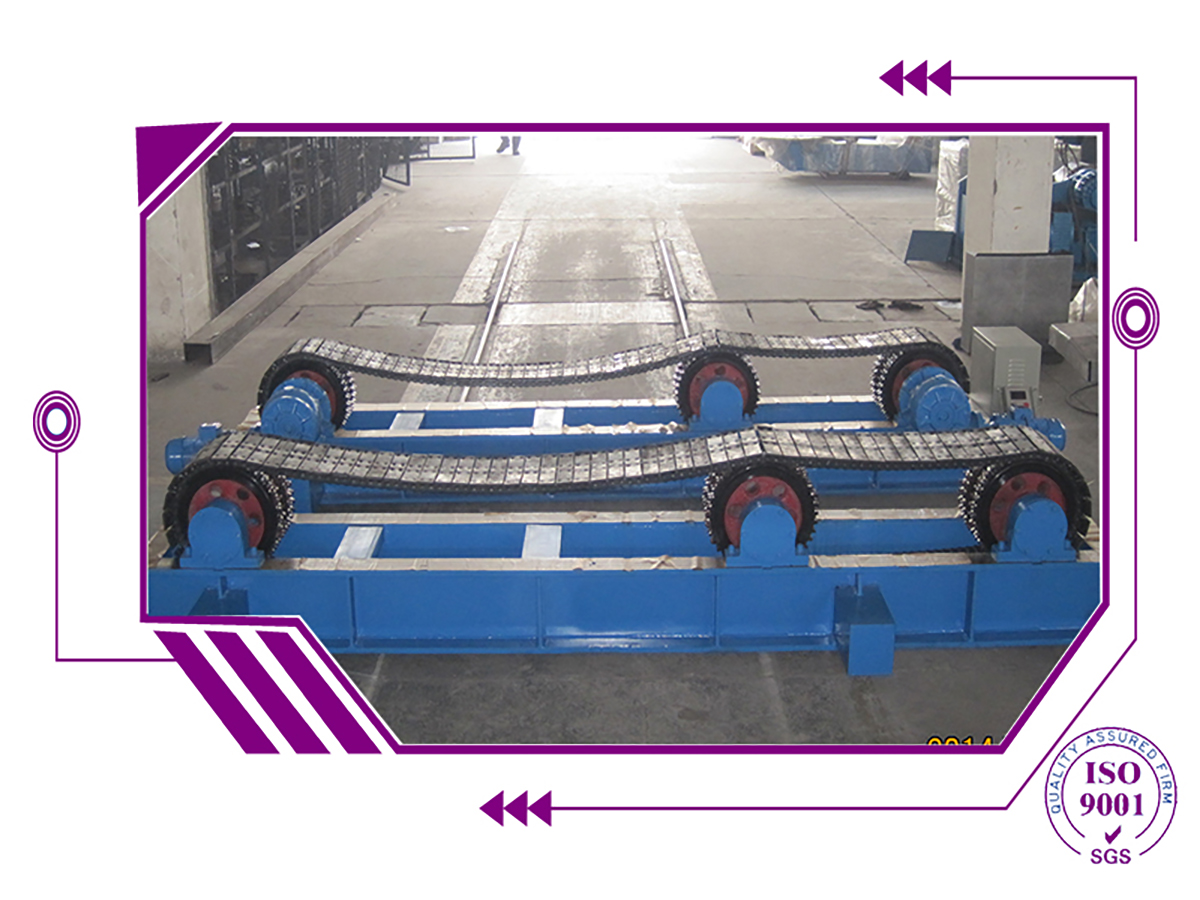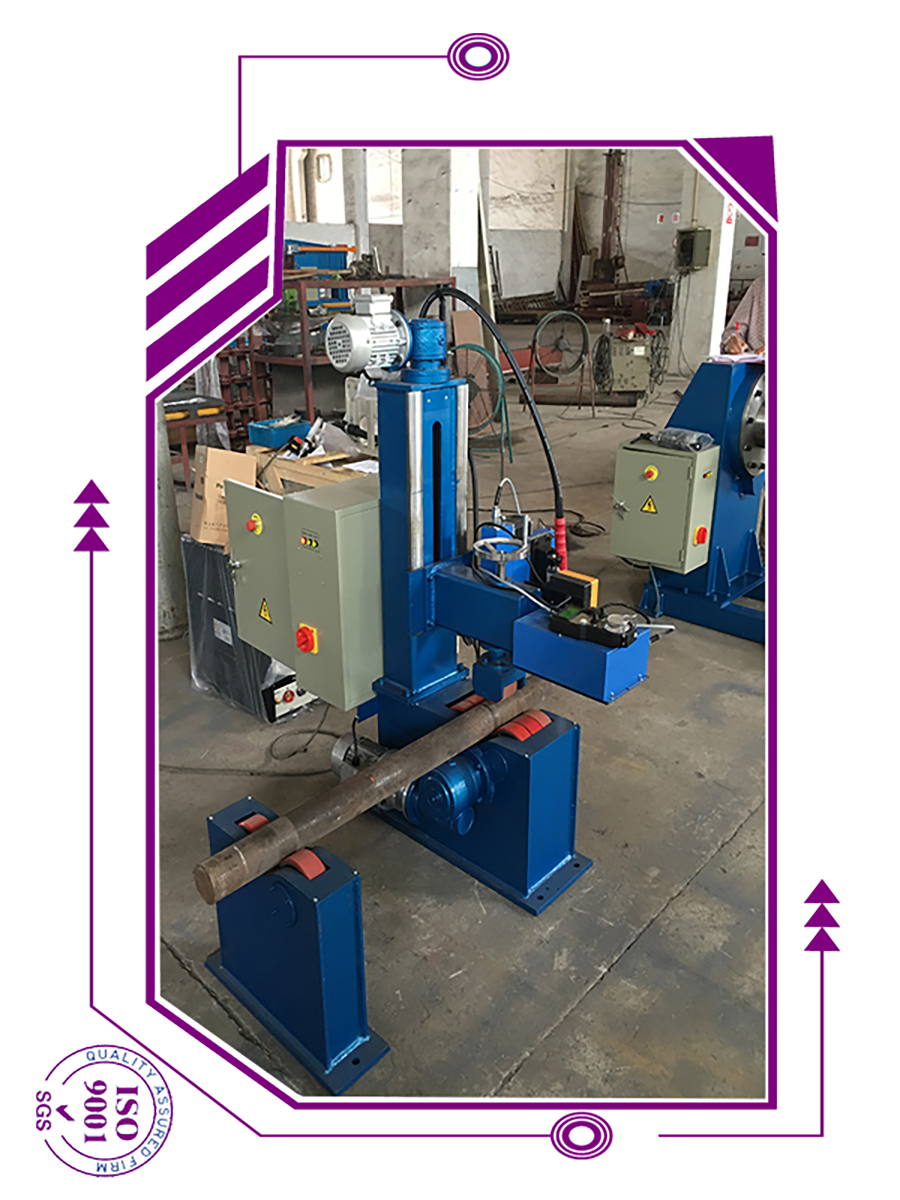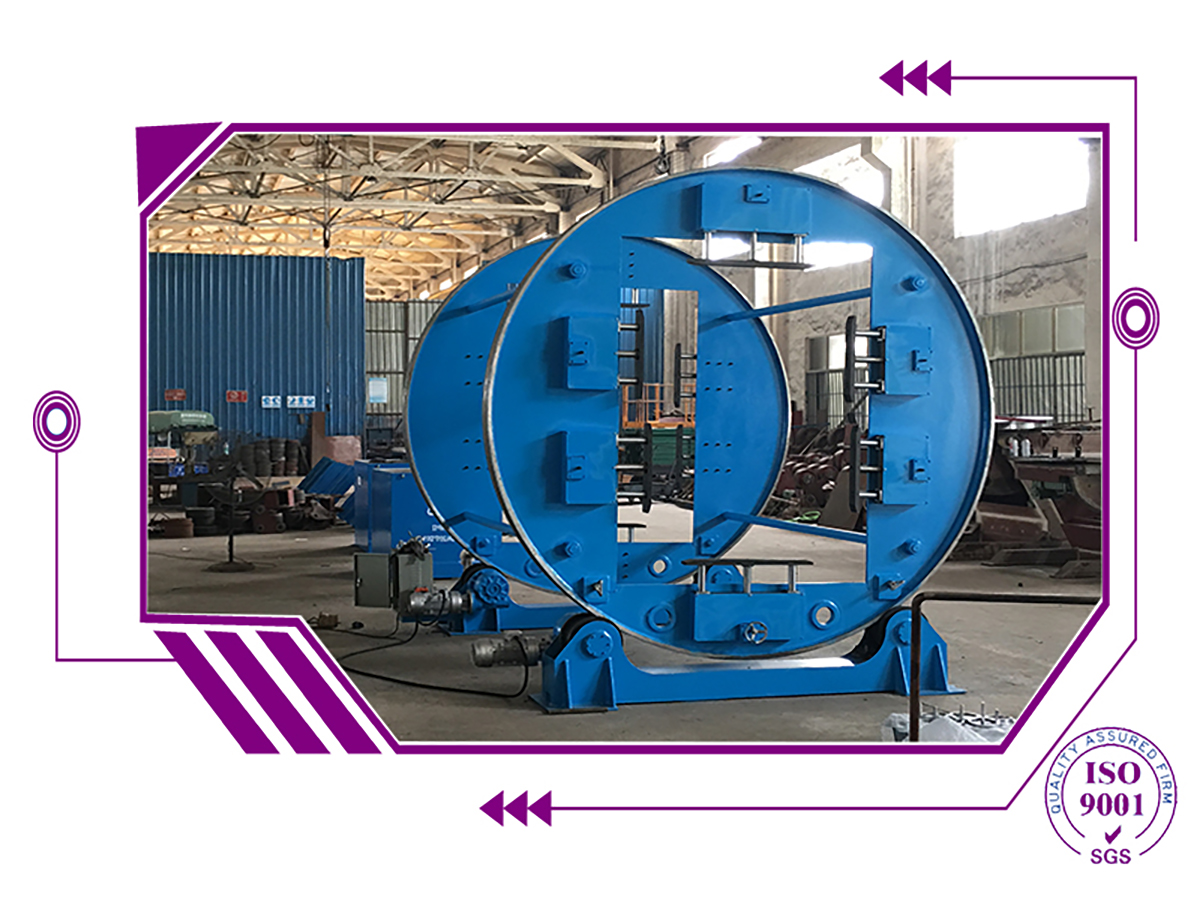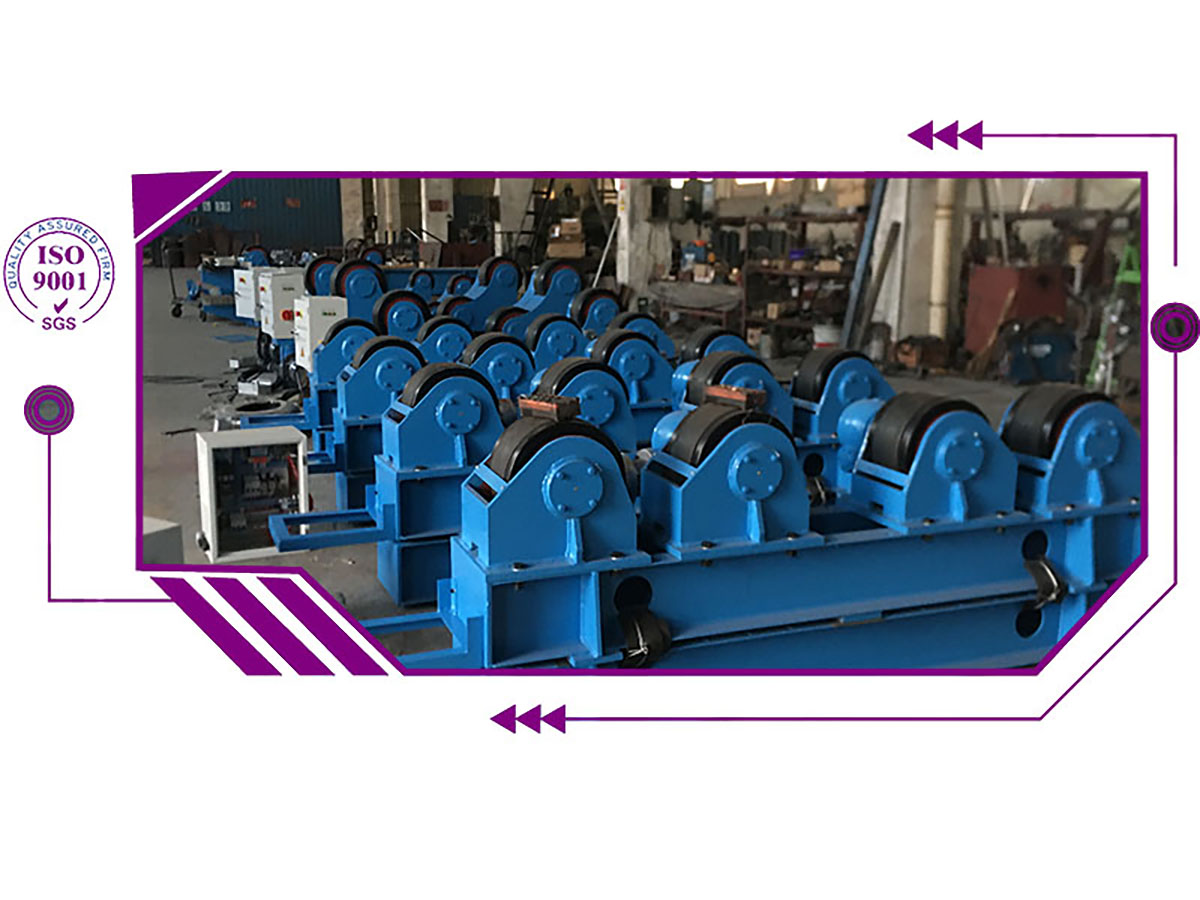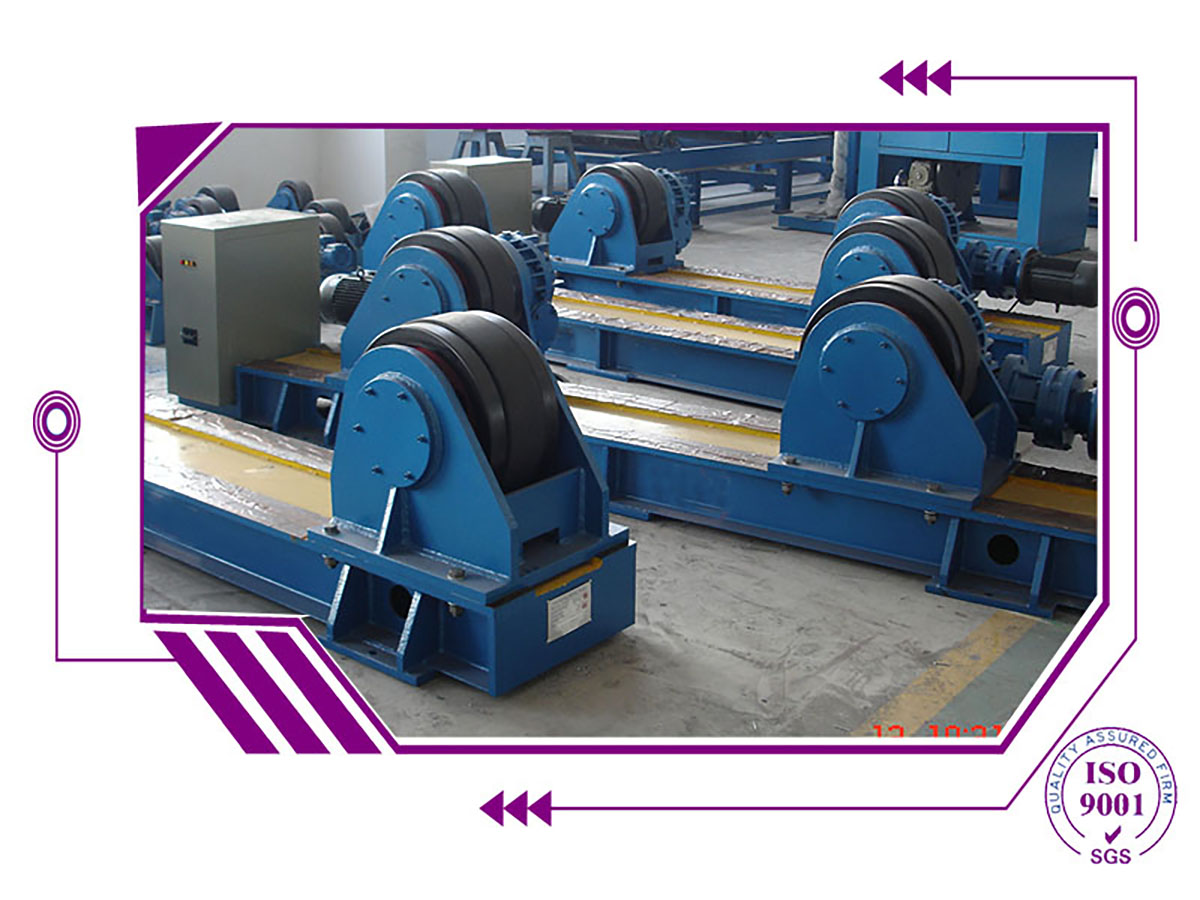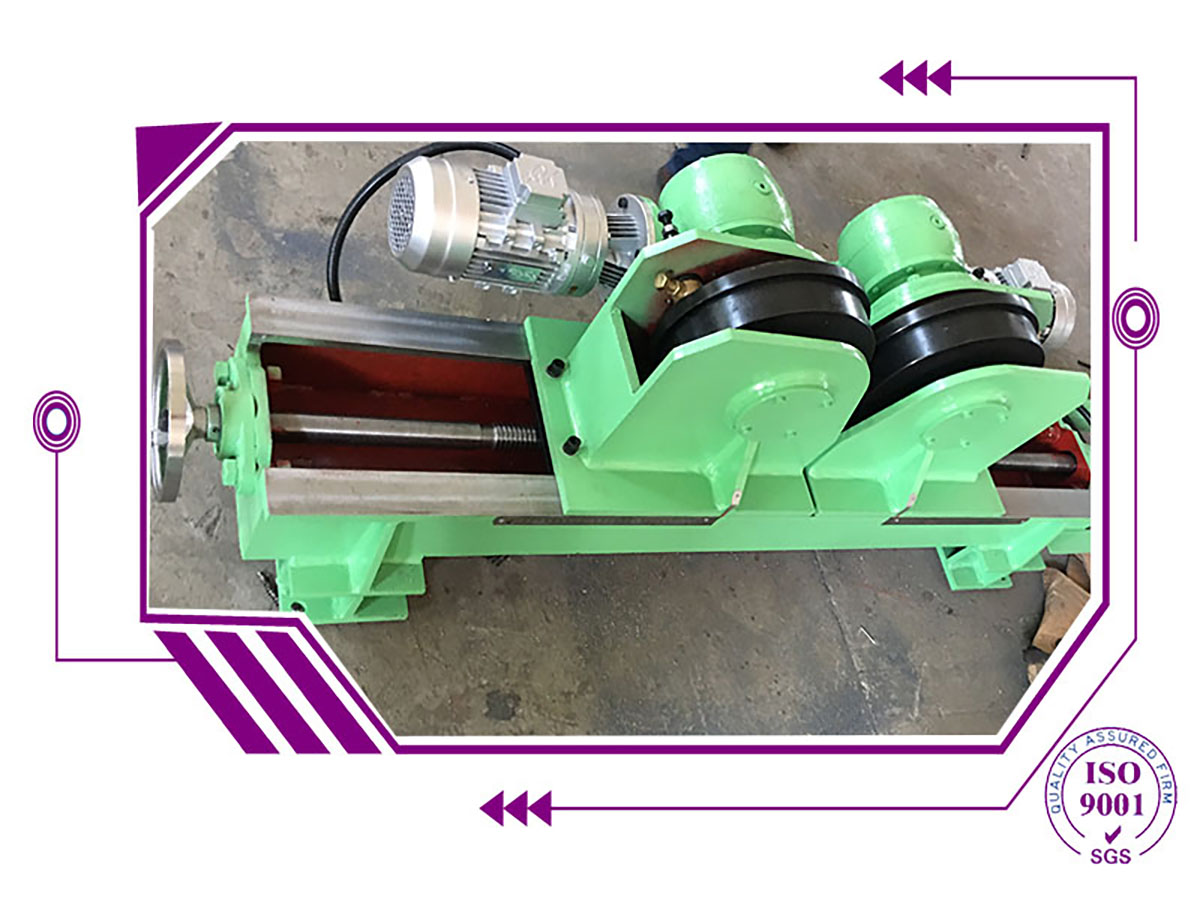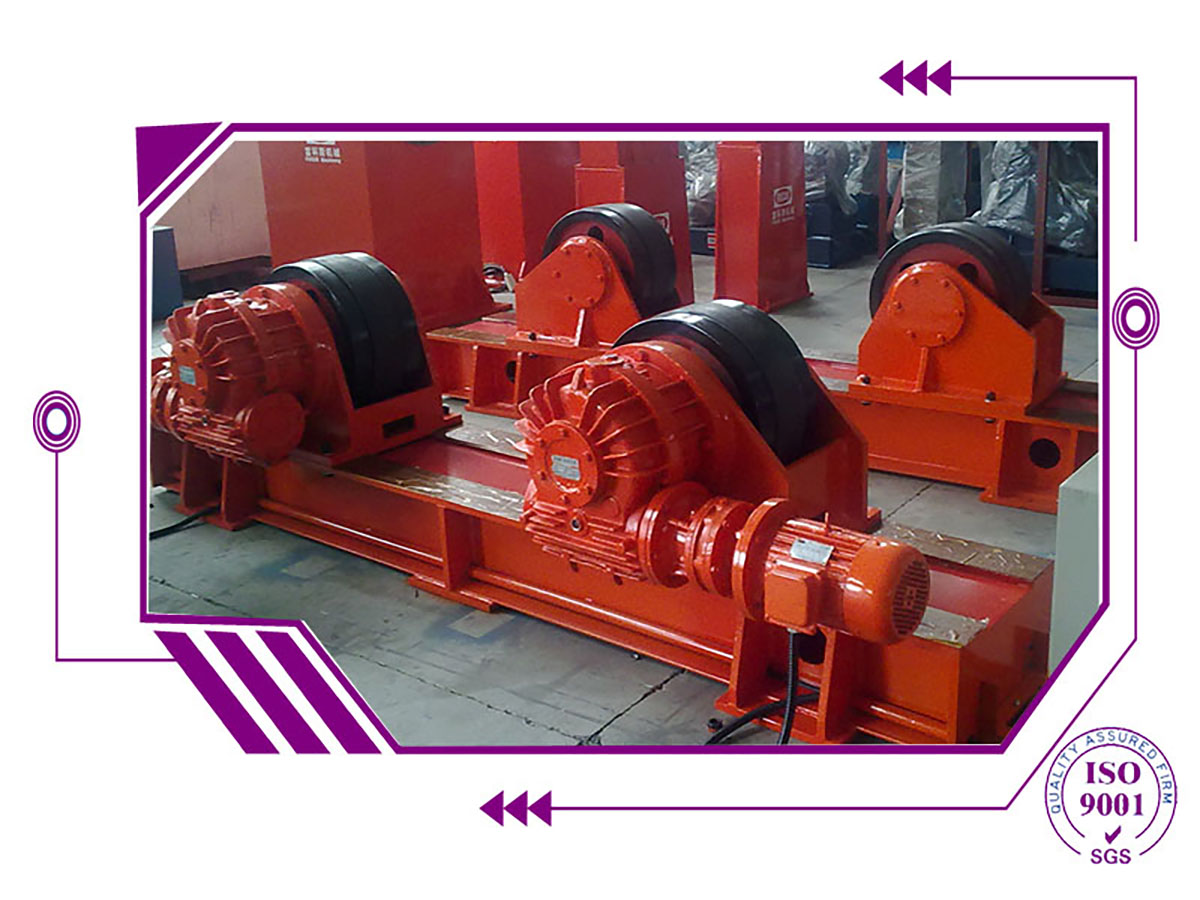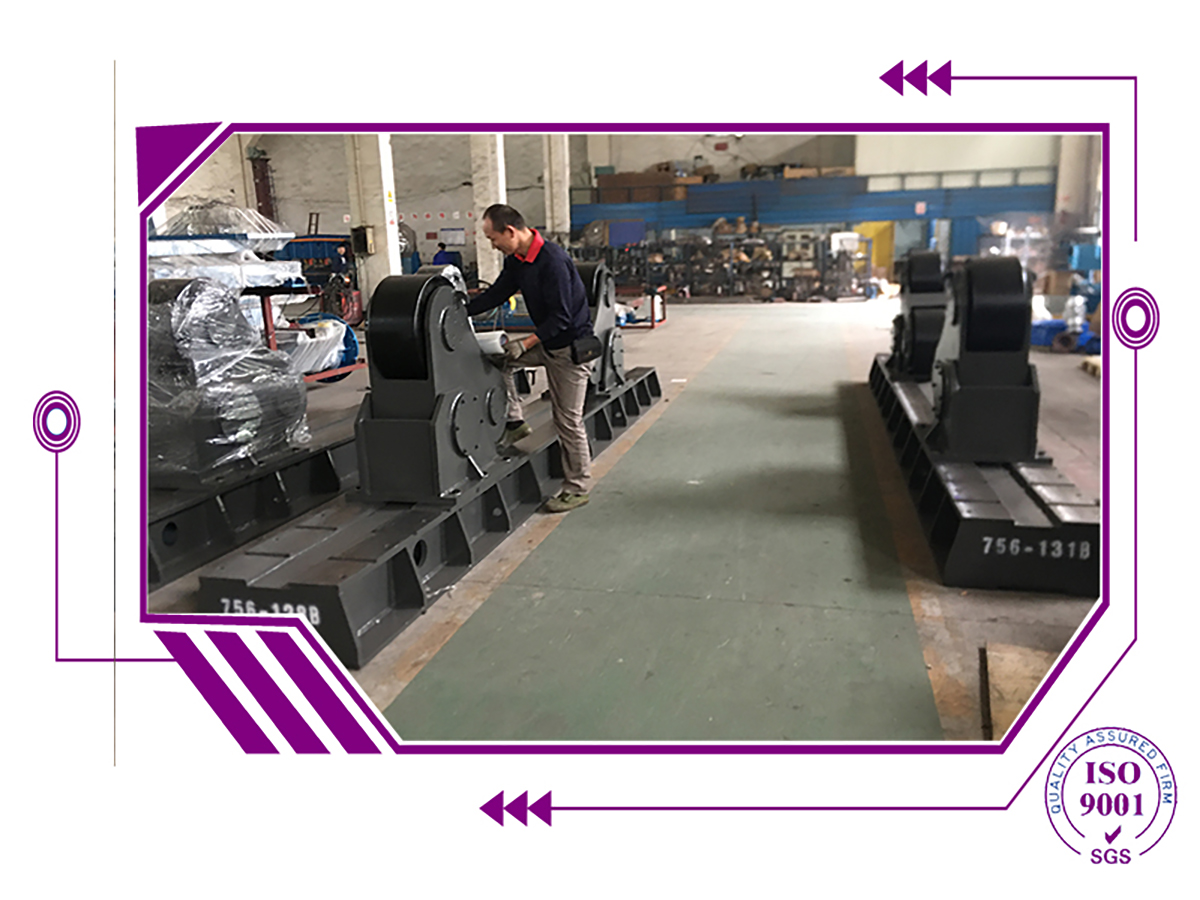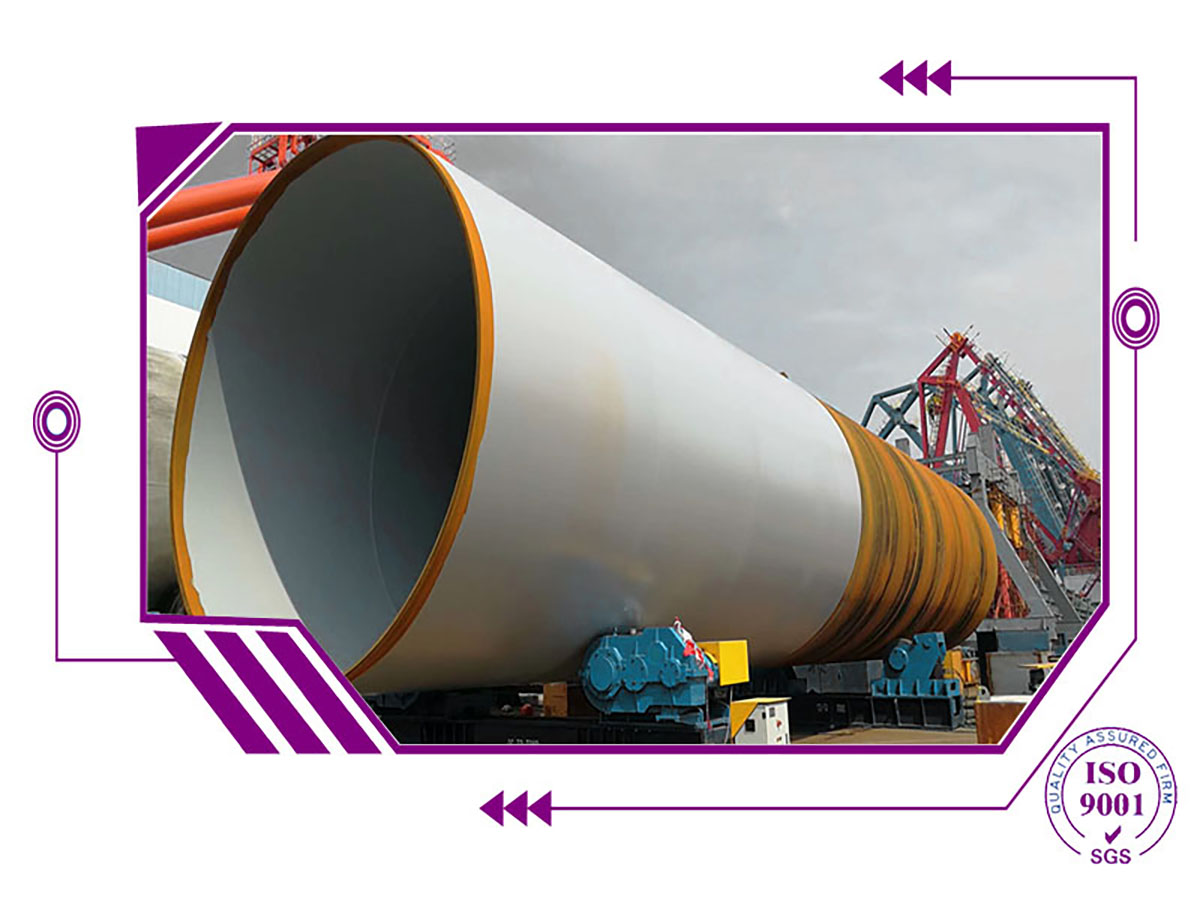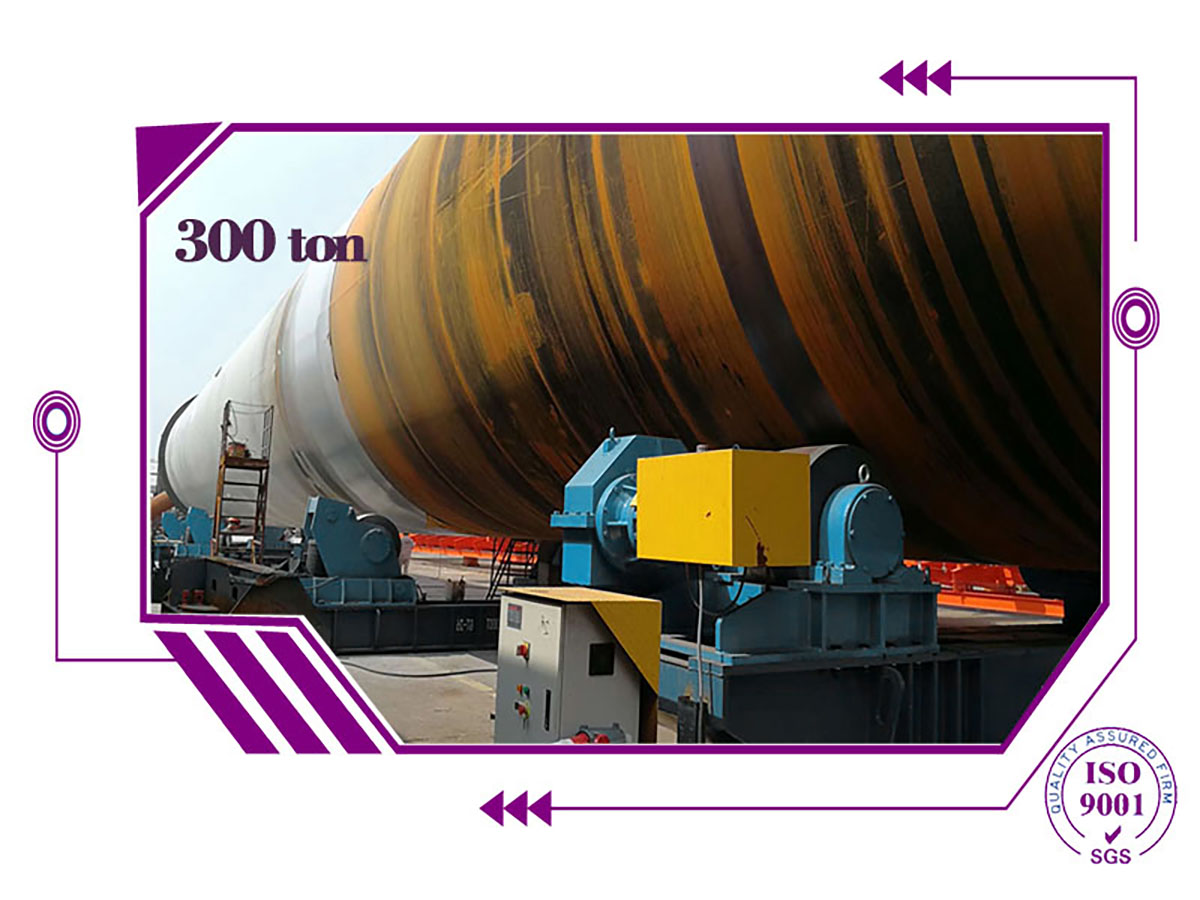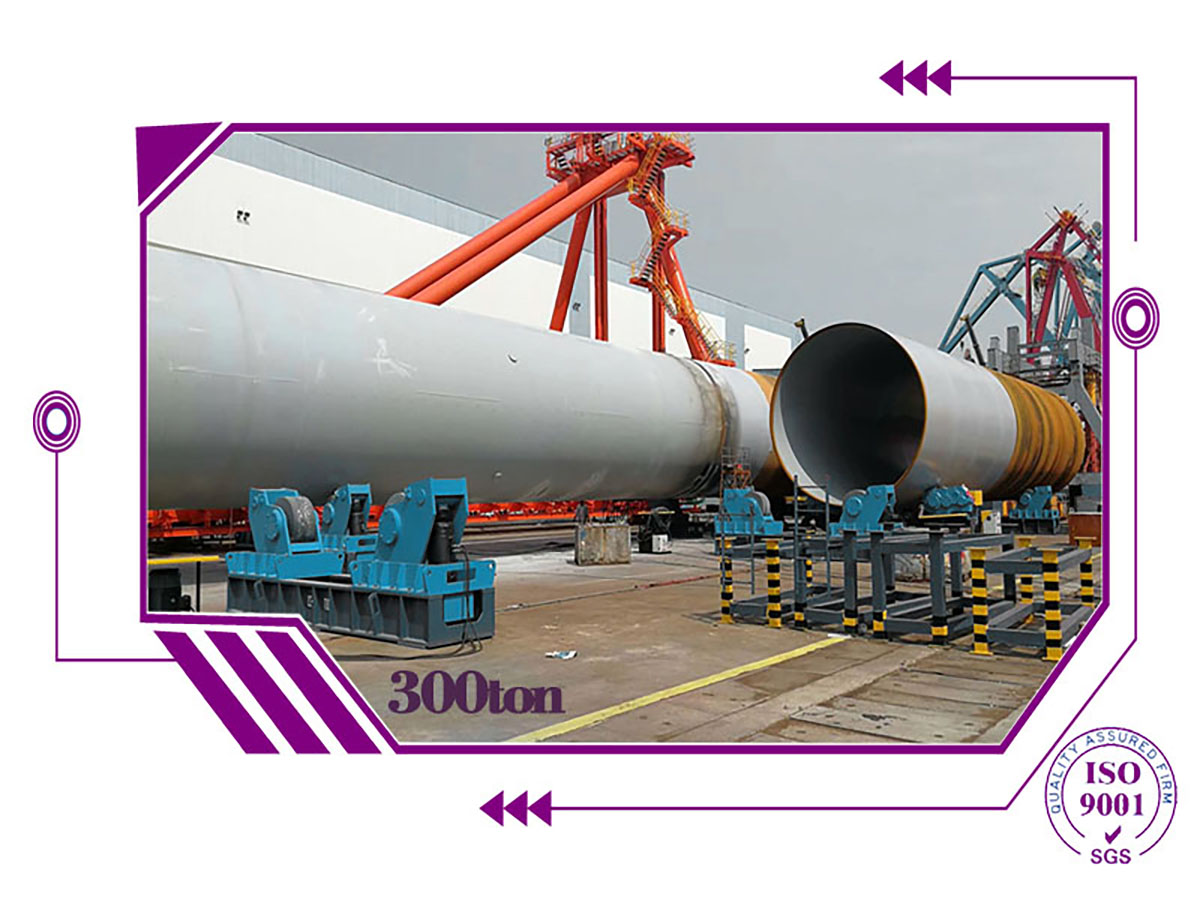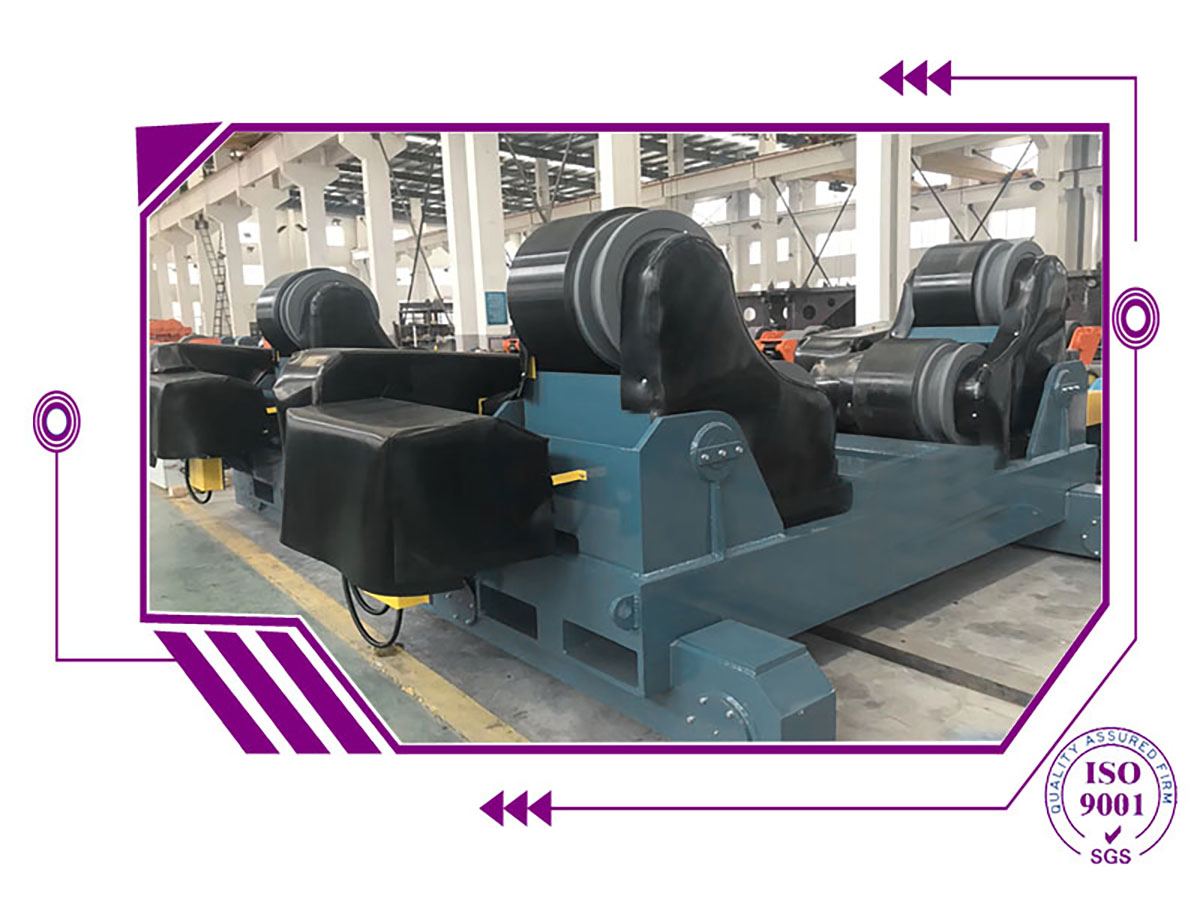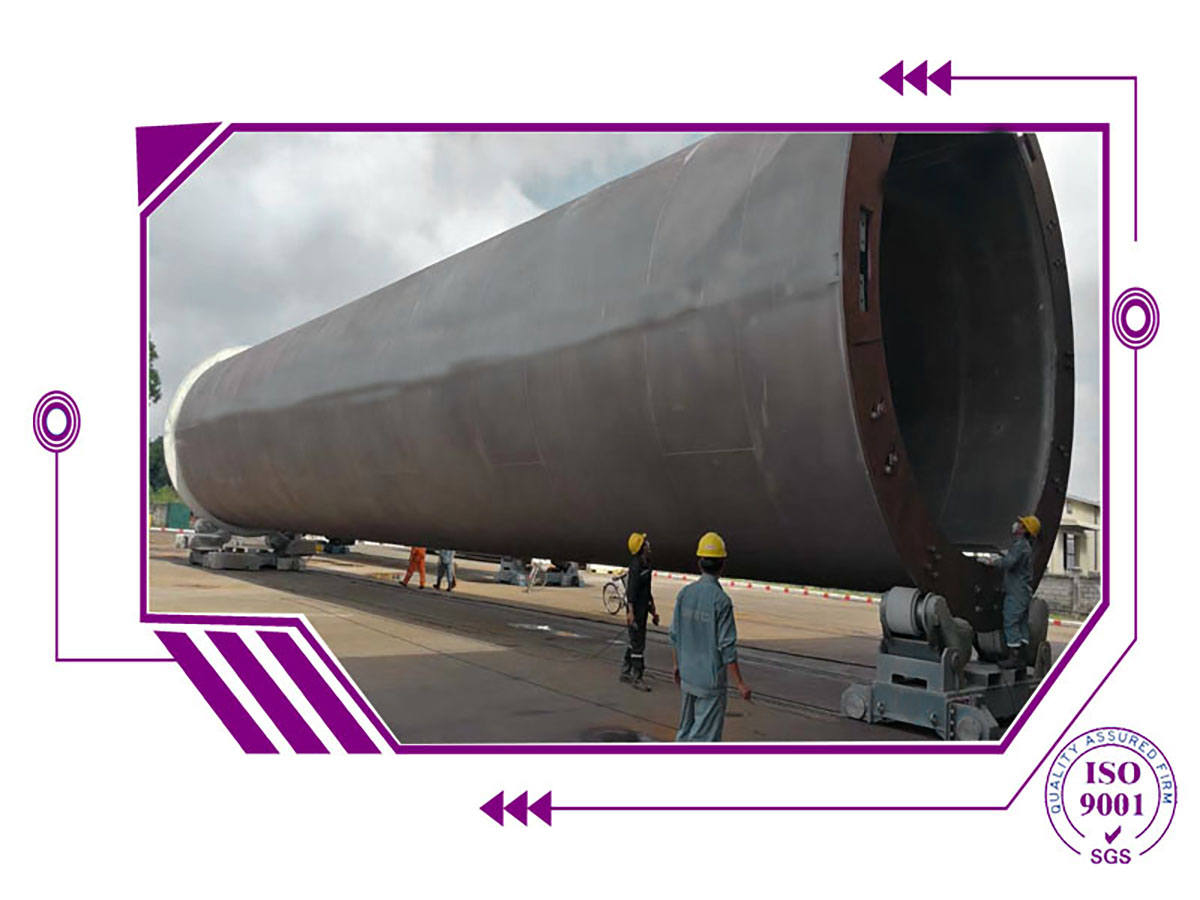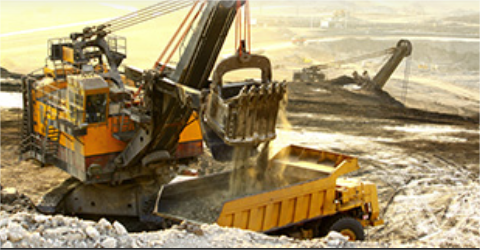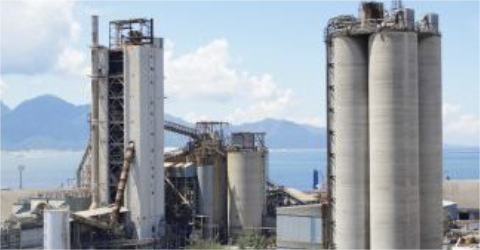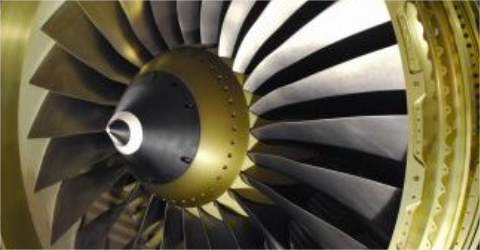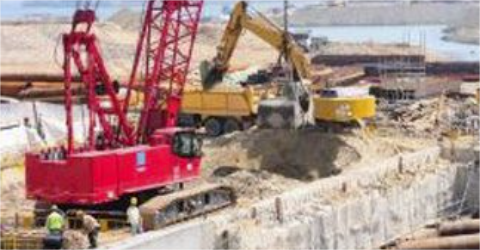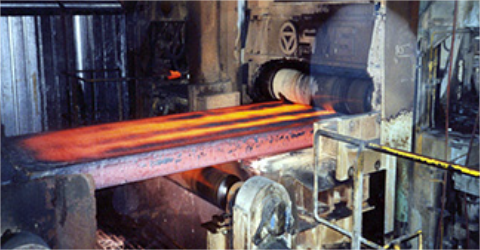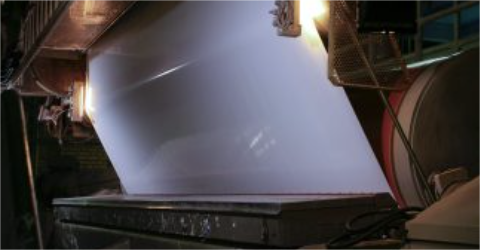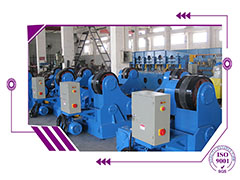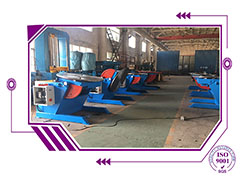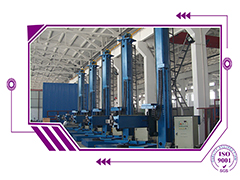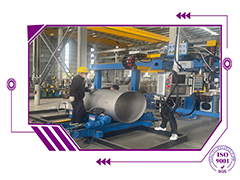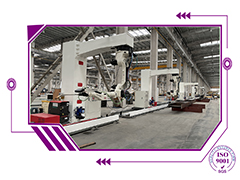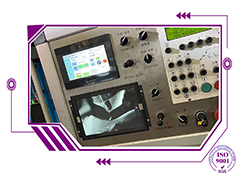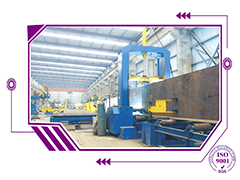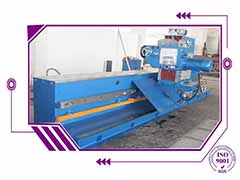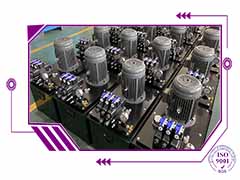Welding rotators are essential pieces of equipment used in the welding industry to assist in the manipulation and positioning of cylindrical workpieces. These rotators are designed to rotate and support heavy workpieces, allowing for precise and efficient welding operations. With various models and sizes available, welding rotators are utilized in a wide range of industries, including shipbuilding, construction, and manufacturing. This article will explore the functions, benefits, and applications of welding rotators, providing a comprehensive overview of their role in the welding process.
"Welding Rotator: A Versatile Tool for Welding ProjectsTagline: Enhancing Efficiency and Precision in Welding Operations"
Welding rotators are essential pieces of equipment used in the welding industry to assist in the manipulation and positioning of cylindrical workpieces. These rotators are designed to rotate and support heavy workpieces, allowing for precise and efficient welding operations. With various models and sizes available, welding rotators are utilized in a wide range of industries, including shipbuilding, construction, and manufacturing. This article will explore the functions, benefits, and applications of welding rotators, providing a comprehensive overview of their role in the welding process.
What are the main advantages of using welding rotators in the welding process?
When it comes to the welding process, using welding rotators can offer a number of advantages that can greatly improve efficiency and quality. Welding rotators are devices designed to rotate cylindrical workpieces during welding, which can help to ensure a more uniform and consistent weld. Here are some of the main advantages of using welding rotators in the welding process:
- Improved Weld Quality: By rotating the workpiece, welding rotators can help to ensure a more uniform distribution of heat and weld metal, resulting in a higher quality weld with fewer defects.
- Increased Productivity: Welding rotators can significantly reduce the time and labor required for welding cylindrical workpieces, allowing for faster and more efficient production.
- Enhanced Safety: Using welding rotators can help to reduce the need for manual handling of heavy and awkward workpieces, which can improve safety and reduce the risk of workplace injuries.
- Versatility: Welding rotators are available in a range of sizes and configurations, making them suitable for a wide variety of welding applications and workpiece sizes.
- Cost Savings: By improving efficiency and productivity, welding rotators can help to reduce overall welding costs and increase the profitability of welding operations.
Overall, the use of welding rotators in the welding process can offer a range of benefits that can help to improve the quality, efficiency, and safety of welding operations.
How do welding rotators contribute to improving the efficiency and safety of welding operations?
Welding rotators are an essential tool in the welding industry, contributing significantly to improving the efficiency and safety of welding operations. These devices are designed to rotate cylindrical workpieces, such as pipes, tanks, and pressure vessels, during the welding process. By doing so, welding rotators offer several benefits that enhance the overall welding operation.
- Improved Welding Quality: Welding rotators ensure a consistent and uniform weld seam by rotating the workpiece at a controlled speed. This helps to prevent welding defects, such as uneven penetration and inconsistent bead shape, resulting in higher welding quality.
- Enhanced Productivity: By automating the rotation of workpieces, welding rotators allow welders to focus on the welding process itself, rather than manually rotating the workpiece. This leads to increased productivity and faster completion of welding projects.
- Reduced Welding Time: The continuous rotation of workpieces by welding rotators eliminates the need for frequent repositioning, leading to a significant reduction in welding time. This is particularly beneficial for large-scale welding projects.
- Enhanced Safety: Welding rotators contribute to a safer working environment by minimizing the need for manual handling of heavy and bulky workpieces. This reduces the risk of workplace injuries and ensures the safety of the welding operators.
- Versatility: Welding rotators are available in various sizes and load capacities, making them suitable for a wide range of welding applications. They can accommodate workpieces of different diameters and lengths, offering versatility in welding operations.
In conclusion, welding rotators play a crucial role in improving the efficiency and safety of welding operations. Their ability to enhance welding quality, productivity, and safety, while reducing welding time, makes them an indispensable tool for welders across various industries.
In conclusion, welding rotators are an essential piece of equipment in the welding industry, providing support and stability for cylindrical workpieces during the welding process. They offer a range of benefits, including increased productivity, improved safety, and enhanced welding quality. With various sizes and capacities available, welding rotators can accommodate a wide range of workpieces, making them a versatile and valuable tool for welders. Whether used in small workshops or large-scale industrial settings, welding rotators play a crucial role in ensuring efficient and effective welding operations.

